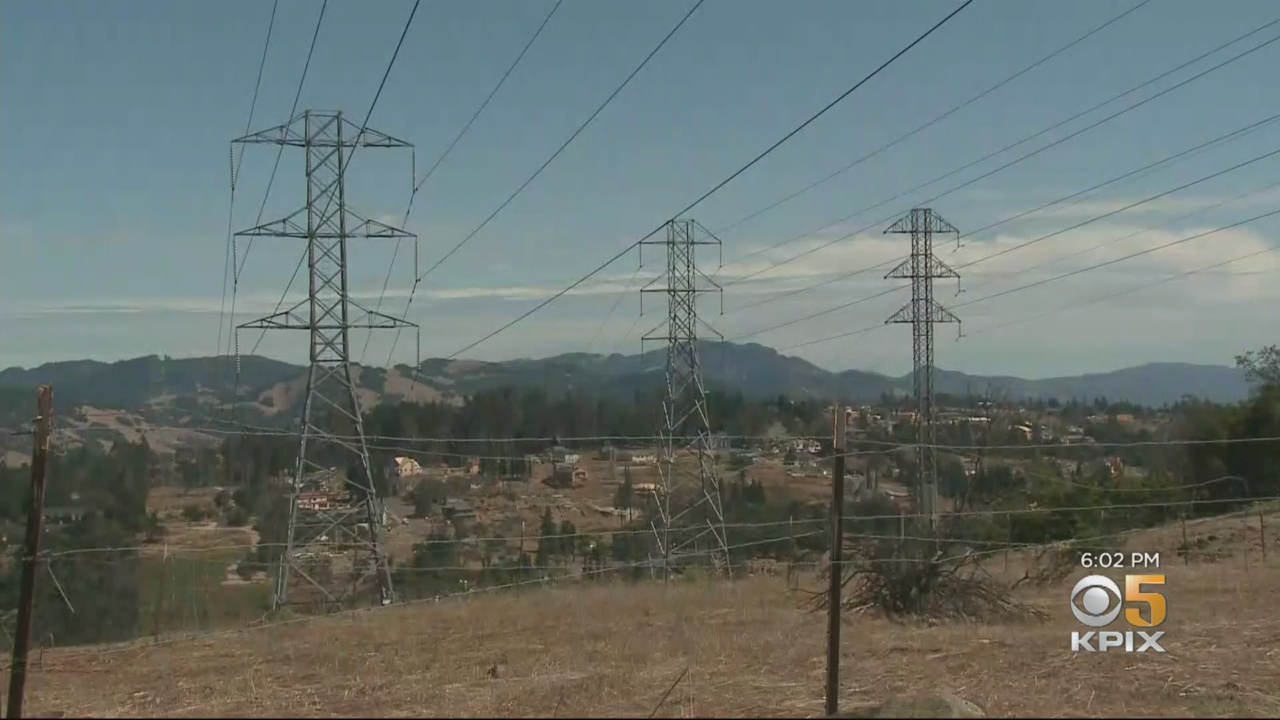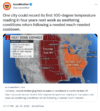casper
The Living Force
Spain in Cordoba measured temperature record, as much as 44 degrees Celsius. The government warned people to cautious, especially older people and those with chronic diseases. No better in France, Spain, Italy and Portugal, Switzerland.
When the outside temperature of 36 degrees, one in the car jumps to more than 60 in only an hour. Do not leave children in the car and the animals did not for a minute.
Quote from a Croatian newspaper:
"At a temperature of 68 degrees the human brain begins to fry. It is so much the temperature in a car parked in the sun for an hour. They found the firemen of the Fire Department station Zagreb.
Their alarming measurements have shown that at an outside temperature of 36 degrees the temperature in a parked car jumps to 43 degrees after 10 minutes, and after an hour climbing to 62 degrees. "
Before entering the car should first aired and a little cool to avoid heat stroke. Exposure to such extreme temperatures, leading to nausea, disorientation, loss of consciousness and death.
Quote from the article:
Heat stroke occurs when the body can not regulate body temperature and can not cool down. In only 15 minutes of body temperature can exceed the 41 degrees. It is necessary to call a doctor, and to his arrival the patient should be moved to the cold room and begin to take off his temperature. This can be achieved by bathing in the tub, cold shower or wash their feet. At the groin, neck or armpits, you can put the bag with ice. Some victims may occur and uncontrollable muscle twitching, and it is then necessary to prevent self-harm.
When the outside temperature of 36 degrees, one in the car jumps to more than 60 in only an hour. Do not leave children in the car and the animals did not for a minute.
Quote from a Croatian newspaper:
"At a temperature of 68 degrees the human brain begins to fry. It is so much the temperature in a car parked in the sun for an hour. They found the firemen of the Fire Department station Zagreb.
Their alarming measurements have shown that at an outside temperature of 36 degrees the temperature in a parked car jumps to 43 degrees after 10 minutes, and after an hour climbing to 62 degrees. "
Before entering the car should first aired and a little cool to avoid heat stroke. Exposure to such extreme temperatures, leading to nausea, disorientation, loss of consciousness and death.
Quote from the article:
Heat stroke occurs when the body can not regulate body temperature and can not cool down. In only 15 minutes of body temperature can exceed the 41 degrees. It is necessary to call a doctor, and to his arrival the patient should be moved to the cold room and begin to take off his temperature. This can be achieved by bathing in the tub, cold shower or wash their feet. At the groin, neck or armpits, you can put the bag with ice. Some victims may occur and uncontrollable muscle twitching, and it is then necessary to prevent self-harm.









